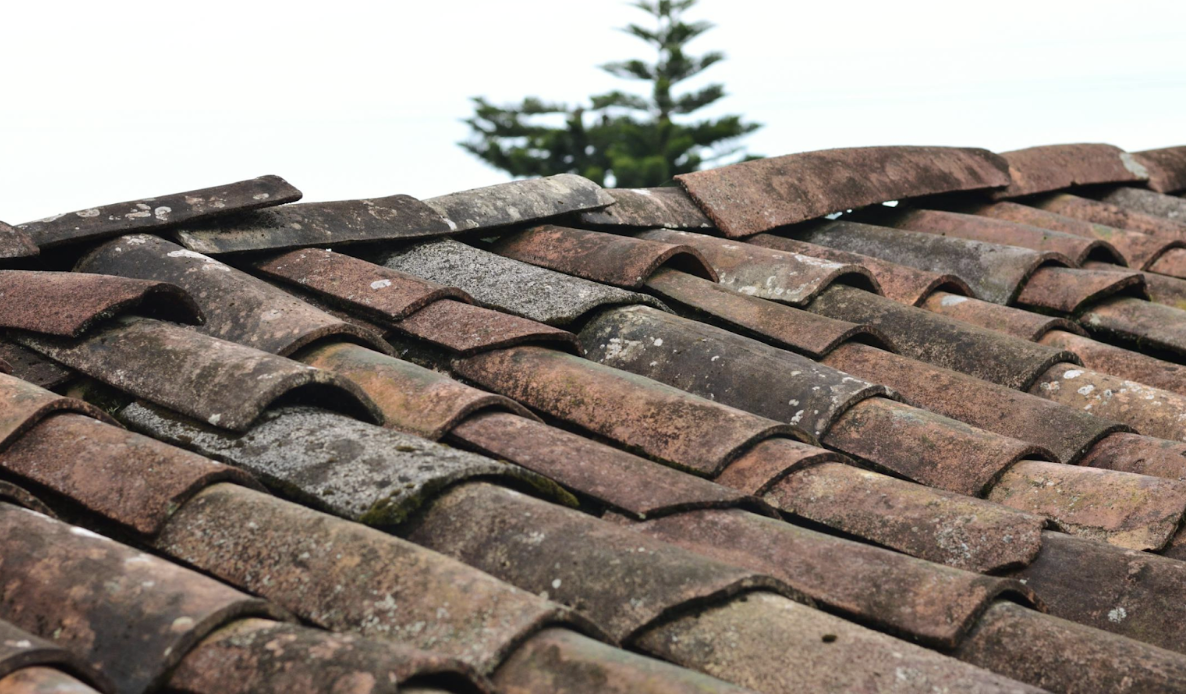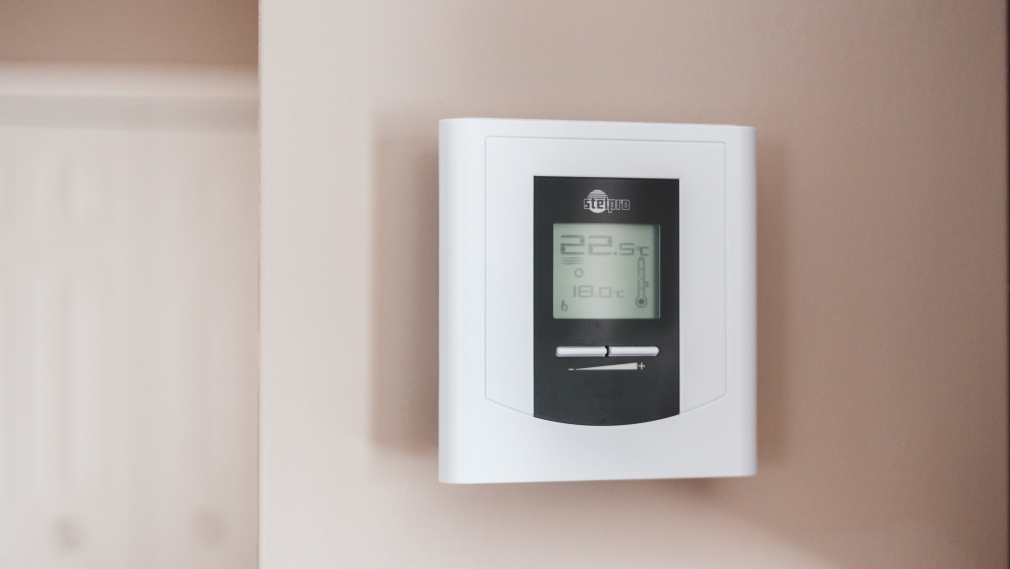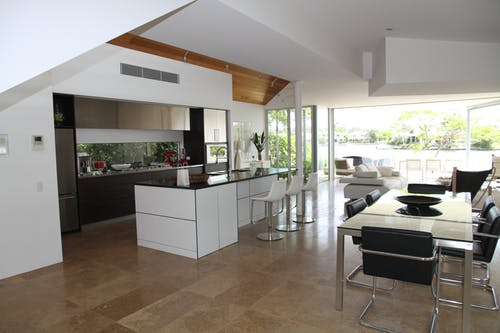15501Views 0Comments

Renovation Tips: Choosing the Right Roofing Materials for Your Home
Your roof is, of course, one of the most significant features of your house. Among other things, it keeps you dry, affects curb appeal, and plays a big role in energy efficiency. If you are renovating your house, then one of the most crucial things to work on is picking out roofing material. There are many different options, and what is best will depend greatly on a number of factors: climate, aesthetic, and budget. A guide on the best roofing materials for the house can help to facilitate an informed decision.
Understanding Your Climate
First to consider in selecting the right roofing material are climatic conditions. The proper material can resist weather conditions and keep your home safe and pleasant.
Hot Climates: In areas that receive very harsh sun and high temperatures, the materials you want can reflect the heat. Metal roofs and light-colored tiles can greatly keep your house cool, hence lower energy bills. Avoid dark asphalt shingles because they absorb so much heat.
Cold Climates: In cases of snow and ice, durability and insulation are what you need. For snow shedding, metal roofs do a good job, while slate and asphalt shingles are more insulating. Ensure that the materials used can be resistant to crack under freeze-thaw cycles.
Wet Climates: In areas that are either rainy or highly humid, water resistance becomes key. Therefore, metal, slate, and concrete tiles are very effective since they absorb no water and do not provide the growth medium for mold and algae to take hold. Wood shingles, on the other end, provide a less desirable option due to warping or rot over time.
Windy Areas: If you live in an area that has strong winds or storms, select a roofing material that is tightly locked down and can resist heavy winds. Top-rated asphalt shingles in terms of wind, together with metal roofing and concrete tiles, are some of the solid options to face inclement weather.
Aesthetic Appeal versus Functionality
Your roof is one visible part of your house; hence, you need to select a material which will look right for the style of your house. On the other hand, aesthetics should never compromise functionality.
Traditional Homes: Materials such as slate, clay tiles, or wood shingles instantly give classic or historic homes a timeless appeal. These materials tend to be pricier; however, the beautiful and natural look they create is just unbeatable.
Modern Designs: Sleek metal roofs, flat concrete tiles, or even green roofs with vegetation are striking options for modern homes. This material would provide a clean, minimalist look to go along with modern architecture.
Rural or Rustic Styles: Wood shingles or shakes maintain an appearance that is more natural and rustic, working well with country or cabin-style homes. However, they require more maintenance and are best for drier climates.
Urban Chic: Asphalt shingles provide versatility in color and style, making them suitable for a wide range of urban homes. They’re a budget-friendly option that provides a modern look without sacrificing performance.
Budget Considerations
The cost of roofing materials also varies, and your budget will no doubt play a significant role in determining what material you’ll select. Remember that cost must be balanced with quality, and if you invest in the right material, you ensure savings because of durability and energy efficiency.
Asphalt shingles are among the most affordable types of roofing materials in widespread use today. They have a moderate ease of installation and are available in many colors; they are supposed to last from 15 to 30 years. Their durability could be rather low compared to other options during extreme weather conditions.
Metal Roofing: While most metals are highly costly when considering a new installation, their strength and ability to last upwards of 50 years or more make them an attractive option. They are good reflectors of sunlight, hence keeping cooling costs down, and are lightweight, which makes them easier to install on older structures.
Clay and Concrete Tiles: The pros are classic in appearance and highly durable. Their drawbacks, on the other hand, are that they are also heavier and, thus, more expensive. They are ideal for houses within extremely hot and arid cities. However, a solid roof structure is needed to support its weight.
Slate Roofing: This is one of the most durable and attractive roofing materials, though at very high costs. It can last for over a century and thus is normally considered a good long-term investment, particularly for luxury homes.
Wood shingles and shakes look great, appearing natural, but they are usually more expensive and require periodic maintenance to ensure that they are not destroyed by the weather. They are also not recommended for wet or fire-prone areas unless they are treated for resistance.
Energy Efficiency and Eco-Friendliness
Roofing materials also impact your home’s energy efficiency and its friendliness to the environment. Chances are that you could save utility bills and go easy on the environment by selecting energy-efficient or sustainable materials.
Cool Roofs: These are constructed to reflect more sunlight and absorb less heat than a traditional roof. Examples include materials like metal and specially coated shingles.
Recycled Materials: Many shingles are made using recycled rubber, plastic, or wood fiber. They deliver the look of more traditional materials while being more sustainable and often heavier-duty.
Green Roofs: These are roofs that have partial or complete vegetation. They insulate naturally, absorb rainwater, and reduce the urban heat island effect. They come out best for flat or slightly sloped roofs, hence giving a building enormous energy efficiency.
Solar Roofs: Solar tiles or panels are the modern solution-one that covers your roof and generates electricity. Though the initial cost is very high, you can save a considerable amount in long-term energy bills.
Maintenance and Longevity
Much maintenance is required for roofing materials. In deciding which type of roofing to install, knowing what goes into maintaining that kind of roof can help you choose the right one for you and your lifestyle.
Low Maintenance: Metal roofs, concrete tiles, and asphalt shingles require minimum maintenance. Occasionally, cleaning and minor inspections are all that might be necessary to keep them in good repair.
Moderate Maintenance: Slate and clay tiles do demand a modicum of greater care in upkeep. They must be periodically inspected for cracks and other forms of damage-especially after violent weather. However, their longevity makes it fully worth the time.
High Maintenance: Most of the repairs needed on roofs are required by wood shingles and shakes, which need constant sealing and staining, and parts damaged by weather conditions have to be replaced. While lovely, they are riddled with the demand for routine maintenance.
Installation Considerations
Choosing the right material of roofing also involves considering the installation process. Some materials are heavier and more complicated to set up, which actually affects the cost and time involved in the process.
It is easy to install, especially for asphalt shingles and metal panels, as installation may only take a few days.
Challenging Installations: The most challenging and complicated roofing installations are those of slate, clay, and concrete tiles due to the weight of the materials and hence require tremendous human/labor power and time to correctly position them.
Structural Support: Solid structural support for your roof may be needed since some roofing materials like tiles and slates are truly weighty. It may be termed necessary for those whose homes were not originally designed to support such loads.
Conclusion: Choosing Correctly
In choosing the right roofing material, one has to strike a balance between the climate, style, budget, and maintenance needs. However, taking all these factors into consideration, you are bound to choose a roof that boosts the external look of your home and can take an ocean of pounding from elements while remaining within your budget.
Consulting a professional can also be a great avenue for nudging you through the myriad of options available. The right roofing materials will ensure your home is protected, add value to it, and keep your roof looking good for many years to come.
After all, your roof is an investment in your home’s future. Choose wisely, and you will be basking in the warmth of a beautiful, long-lasting roof that keeps your home safe and comfortable.




